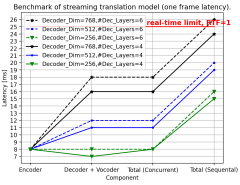Agrisim Robotics
Elevator Pitch: Agrisim Robotics revolutionizes the field of agricultural robotics by offering a cutting-edge simulation tool that precisely models the complex interactions between robots and crops. Say goodbye to inefficient training, and hello to a new era of advanced, sustainable, and cost-effective farming.
Concept
Development of advanced virtual training environments for agricultural robots with a focus on non-rigid body interactions.
Objective
To bridge the gap between virtual training and real-world application in robotic harvesting by providing a high-fidelity simulation environment.
Solution
Creating a Gazebo plugin using Cosserat rod theory to simulate non-rigid plant motion, enabling realistic interaction simulations for robotic arms performing tasks such as fruit picking.
Revenue Model
Subscription-based access for robotics developers, one-time purchase of the plugin, or custom simulation development services for agriculture robotics companies.
Target Market
Robotics companies focused on agriculture, research institutes, and universities with agricultural robotics programs.
Expansion Plan
Start with fruit-picking simulations, expand to other types of crop interactions, and eventually offer a full suite of virtual training tools for various agricultural robotics scenarios.
Potential Challenges
High development costs for creating accurate models, ensuring compatibility with a wide range of robotics platforms, and customer adoption in a traditional industry.
Customer Problem
The lack of effective virtual training environments for agriculture robots, specifically for simulating interaction with non-rigid objects like plants and crops.
Regulatory and Ethical Issues
Compliance with data privacy laws when sharing farming data, ensuring software safety standards, and addressing potential displacement of human labor.
Disruptiveness
Significantly reduces the time and cost required to train and test agricultural robots, potentially transforming the productivity and sustainability of farming practices.
Check out our related research summary: here.




Leave a Reply